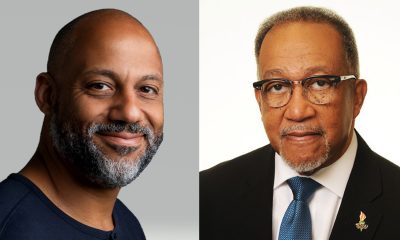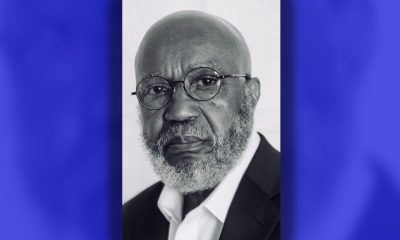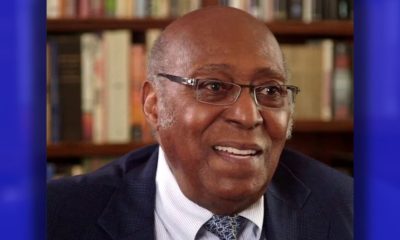National
Affirmative Action Ruling a Relief to Many

by Freddie Allen
NNPA Washington Correspondent
WASHINGTON (NNPA) – Civil rights leaders greeted the Supreme Court’s decision in Fisher v. the University of Texas at Austin with lukewarm optimism.
“It is not a victory, but it is not a defeat either. It’s in that gray area,” said Martin Luther King, III, civil rights activist and son of the late Dr. Martin Luther King, Jr. “Some would say the Supreme Court shirked its responsibilities. They ducked, instead of saying unequivocally that [affirmative action] is good and must stay on the books.”
Judith Browne Dianis, co-director of the Advancement Project, a multi-racial civil rights organization, agreed.
“The Fisher decision really punts this back to the lower court,” said Dianis. “It allows affirmative action to stand right now. We’ll be fighting this over and over again. I don’t think that [challenges] are going to go away anytime soon.”
According to the Supreme Court, the federal appeals court “did not apply the correct standard of strict scrutiny” expressed in earlier affirmative action Supreme Court decisions, Grutter v. Bollinger in 2003 and Regents of Univ. of Cal. v. Bakke in 1978. The Supreme Court remanded the case to the 5th Circuit for further review.
“What I didn’t like about the decision was the court wants universities to consider race only after every race-neutral approach has failed,” said Charles Steele, Jr., president of the Southern Christian Leadership Conference (SCLC). “That sets the wrong tone.”
Professor Kimberly West-Faulcon, who teaches Constitutional Law and Principles of Social Justice at Loyola Law School, Los Angeles, agrees.
“Despite upholding its prior ruling that racial diversity is a compelling government interest, the ruling perpetuates a serious problem. The real problem continues to be the Supreme Court’s conception of what constitutes ‘modern race discrimination.’”
She added, “By ruling as it has in Fisher, the Supreme Court could unfortunately perpetuate the impression that denying admission to even an unqualified white student puts schools in legal jeopardy unless they completely ignore race. On affirmative action, it is the Court’s rhetoric on race discrimination against whites not the law that is the problem.”
Even though some advocates for affirmative action saw the decision as a victory, they admitted that continuing the debate over the best way to ensure equal access to higher education does little to quell the controversy over the misunderstood program.
“We’re gratified that the Court has reaffirmed the principles of equal protection and equality articulated in the Grutter case,” said Sherilynn Ifill, president and director-counsel of the NAACP Legal Defense and Educational Fund, Inc. Ifill added that maintaining the debate over affirmative action as an ongoing question has really been divisive for the country.
At least one Supreme Court Justice agreed. Justice Ruth Bader Ginsburg wrote in her dissenting opinion that she “would not return this case for a second look” citing the need to balance past transgressions of institutional racism with current race-conscious affirmative action programs.
“I have several times explained why government actors, including state universities, need not be blind to the lingering effects of “an overtly discriminatory past,” the legacy of “centuries of law-sanctioned inequality,” wrote Ginsburg.
In a March 2013 story for ProPublica, Nikole Hannah-Jones, wrote: “It’s true that the university, for whatever reason, offered provisional admission to some students with lower test scores and grades than Fisher. Five of those students were black or Latino. Forty-two were white.”
Civil rights leaders have set their sights on educating university officials and other stakeholders on the Supreme Court ruling and the lawful use of affirmative action programs.
“We recognize that this is an important thing to do,” said Ifill. “We recognize that there are very strong feelings about affirmative action and that ultimately our desire is to ensure that there is access and opportunity for all those who have been left behind, people of all races.”
Dianis said that with this court’s decision, the justices might be setting the stage for other universities to have to go to court to prove that they need affirmative action.
“That’s the sad part,” said Dianis who said that affirmative action programs allow public institutions like the University of Texas at Austin to make amends for past and continuing discrimination. “And they should have the discretion to do that.”
###














































